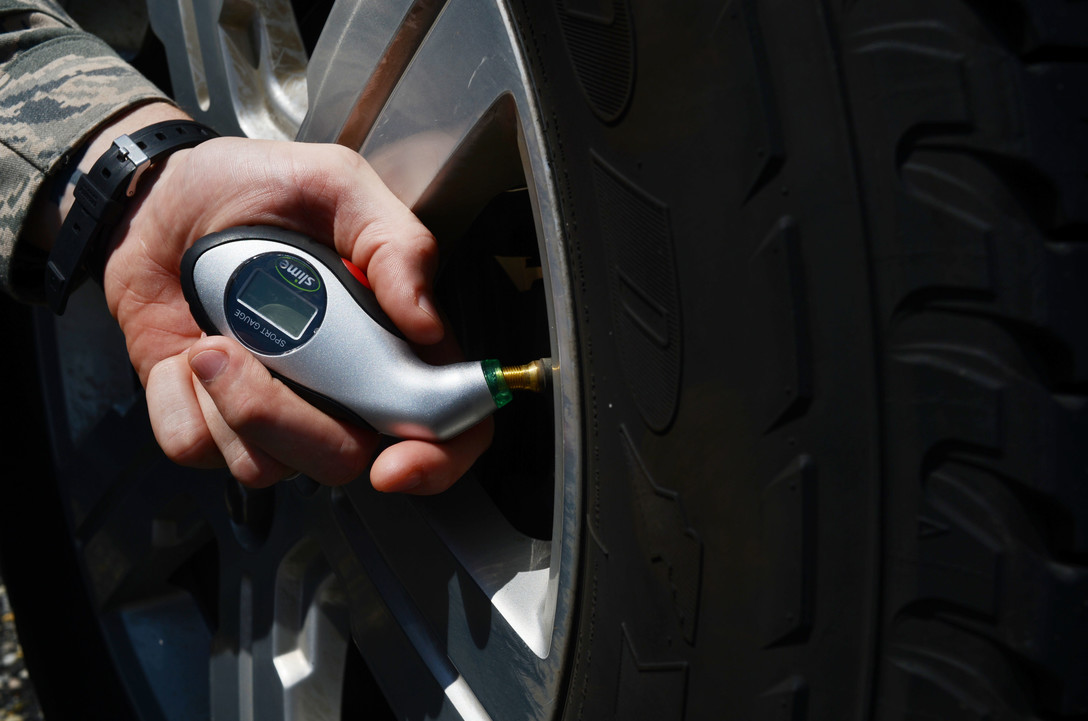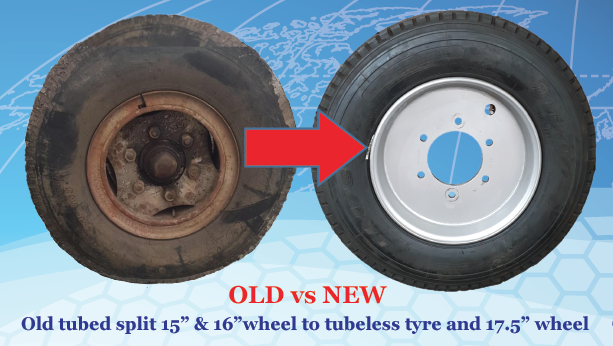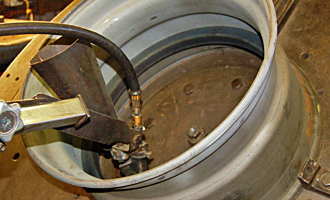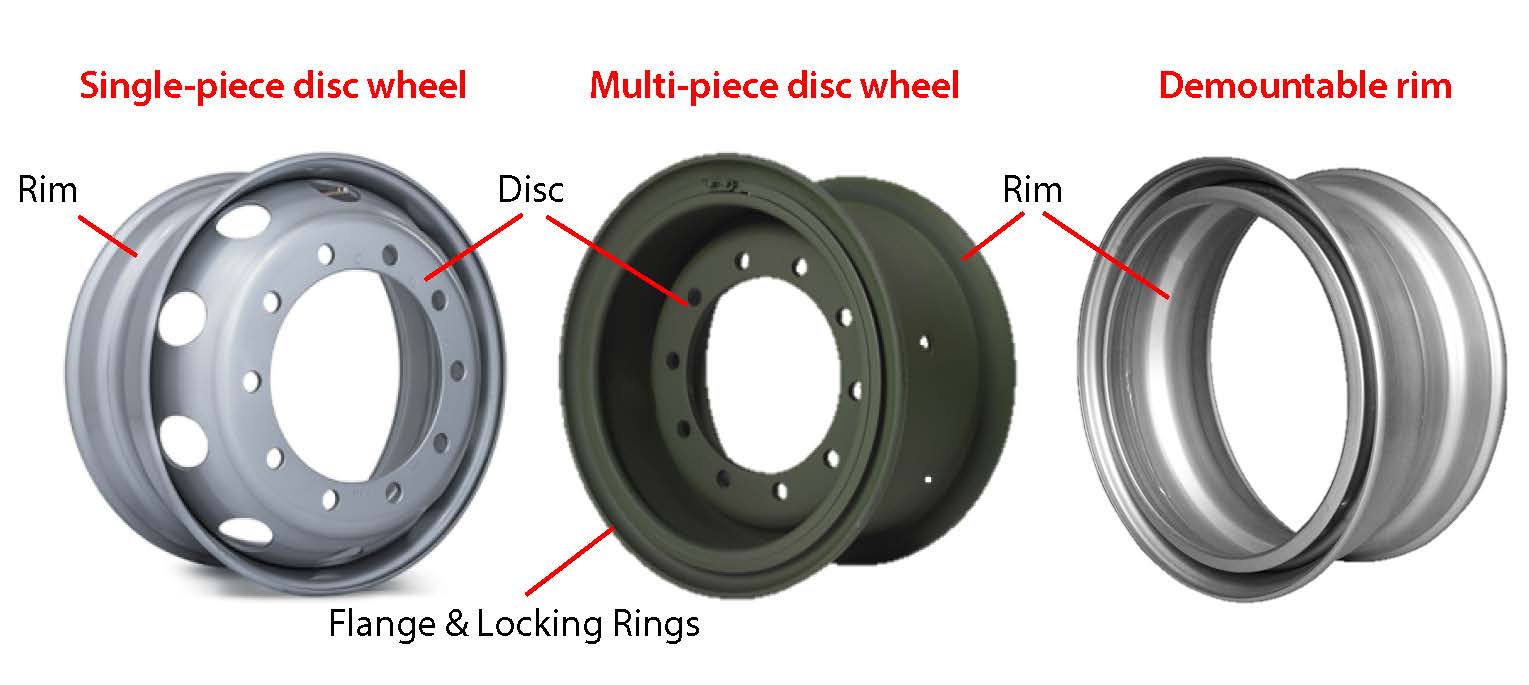
At a glance:
- Efficiency and Versatility: ATVs boost farm productivity by easily navigating various terrains and handling multiple tasks.
- Cost-Effective: ATVs are affordable, fuel-efficient, and require less maintenance than larger machinery.
- Safety and Maintenance: Proper training, protective gear, and regular maintenance are crucial for safe and reliable ATV use.
- Practical Uses: ATVs are essential for transporting equipment, managing livestock, maintaining crops, and general land management.
Imagine a farming tool that not only handles rough terrain with ease but also transports heavy loads and streamlines everyday tasks. Welcome to the world of All-Terrain Vehicles (ATVs). These versatile and powerful machines are transforming modern farming practices, becoming indispensable assets on many farms. With their robust build and adaptability, ATVs are enhancing productivity and efficiency across various agricultural operations.
In this article, we will delve into the numerous benefits ATVs offer to farmers, explore their practical applications in different farming scenarios, discuss essential safety considerations, and provide valuable maintenance tips to ensure these vehicles remain reliable workhorses on the farm. Whether you’re looking to increase efficiency or tackle challenging terrains, ATVs are proving to be a game-changer in the agricultural industry.
ATVs, or All-Terrain Vehicles, are four-wheeled motorised vehicles designed for off-road use. Commonly referred to as quad bikes, these versatile machines can navigate a variety of terrains, from muddy fields to rocky paths. They are known for their durability, manoeuvrability, and ability to carry or tow significant loads.
Significance of ATVs in Modern Farming
In modern farming, efficiency and versatility are crucial, and All-Terrain Vehicles (ATVs) provide an effective solution. These powerful machines enable farmers to cover more ground quickly, making tasks like transporting supplies, managing livestock, and maintaining fields much easier.
ATVs excel in navigating diverse terrains and significantly reduce the time and effort needed for various agricultural activities. They can carry feed, tools, and equipment swiftly, aid in livestock management, and streamline field maintenance with their ability to attach multiple implements. Overall, ATVs are becoming indispensable tools that enhance productivity and streamline operations in the agricultural sector.
Benefits of Using ATVs in Farming
Increased Efficiency
One of the most significant advantages of using ATVs on the farm is the increase in efficiency. These vehicles allow farmers to quickly move between fields, transport equipment, and perform tasks that would otherwise take much longer on foot or with traditional machinery. With the right ATV quad bike tyres, navigating various terrains becomes seamless, saving both time and energy.
Versatility in Terrain and Tasks
ATVs are built to handle a wide range of terrains, from muddy fields to steep hillsides. This versatility makes them ideal for a variety of tasks, including transporting feed, inspecting crops, and checking on livestock. The ability to quickly switch ATV tyres for different conditions ensures optimal performance year-round.
Cost-Effectiveness
Compared to larger farm machinery, ATVs are relatively affordable. They require less fuel, are easier to maintain, and have a lower initial cost. This cost-effectiveness makes them accessible to small and large farms alike, providing an economical solution for many agricultural needs.
Reduced Physical Strain on Farmers
Farming is physically demanding work. ATVs help reduce the physical strain on farmers by handling the heavy lifting and transporting tasks. This can lead to fewer injuries and a more sustainable workload, allowing farmers to focus on more critical aspects of their operations.
Practical Applications on the Farm
Transportation of Equipment and Materials
One of the most common uses of ATVs on the farm is transporting equipment and materials. Whether hauling feed, moving tools, or delivering supplies to remote areas of the farm, ATVs make the job quicker and easier.
Crop Maintenance and Harvesting
ATVs are invaluable during planting and harvesting seasons. They can be used to spray crops, monitor growth, and transport harvested produce. The ability to quickly traverse fields without damaging crops is a significant advantage.
Livestock Management
Managing livestock can be time-consuming and labour-intensive. ATVs allow farmers to quickly check on and move livestock, deliver feed, and perform health checks, speeding up the process and making it more efficient.
Land Management Tasks
From fencing repairs to field maintenance, ATVs are up to the task. Their ability to access hard-to-reach areas makes them perfect for maintaining the overall condition of the farm. This includes tasks such as soil testing, irrigation checks, and pest control.
Safety Considerations
Proper Training and Certification
Safety is paramount when operating ATVs. Proper training and certification ensure that operators understand how to use the vehicle safely and effectively. Many regions offer ATV safety courses that cover essential skills and best practices.
Protective Gear
Wearing appropriate protective gear, including helmets, gloves, and sturdy boots, is crucial when operating ATVs. This gear can prevent injuries and provide additional safety in the event of an accident.
Maintenance and Inspection of ATVs
Regular maintenance and inspection are essential to keep ATVs in good working condition. This includes checking the ATV tyres, brakes, and engine to ensure everything is functioning correctly. Regular maintenance helps prevent breakdowns and extends the life of the vehicle.
Safe Operation Practices
Safe operation practices include driving at appropriate speeds, avoiding risky manoeuvres, and being aware of the terrain. Farmers should also avoid carrying excessive loads and ensure that all attachments are securely fastened.
Maintenance and Care of ATVs
Regular Servicing Schedule
Following a regular servicing schedule helps keep ATVs in top condition. This includes routine oil changes, checking fluid levels, and inspecting key components. Regular servicing can prevent major issues and ensure the vehicle’s longevity.
Cleaning and Storage Practices
Proper cleaning and storage practices are essential to maintain ATVs. After use, especially in muddy or wet conditions, ATVs should be thoroughly cleaned to prevent rust and corrosion. Storing the ATV in a dry, sheltered location helps protect it from the elements.
Troubleshooting Common Issues
Being able to troubleshoot common issues, such as engine problems or tyre punctures, can save time and money. Farmers should familiarise themselves with the ATV’s manual and keep essential tools and spare parts on hand.
Importance of Timely Repairs
Timely repairs are crucial to prevent minor issues from becoming major problems. Addressing any signs of wear or damage promptly can extend the life of the ATV and ensure it remains reliable for farm tasks.
ATVs have become indispensable tools in modern farming, offering increased efficiency, versatility, and cost-effectiveness. By understanding their benefits, practical applications, and maintenance requirements, farmers can maximise the utility of these powerful vehicles. Investing in quality ATV tyres and following safety and maintenance guidelines ensures that ATVs remain reliable assets on the farm for years to come.







